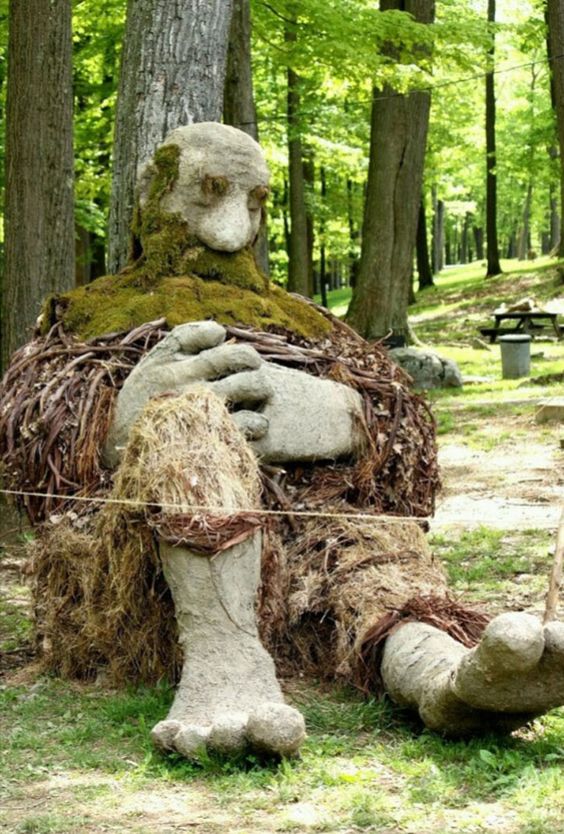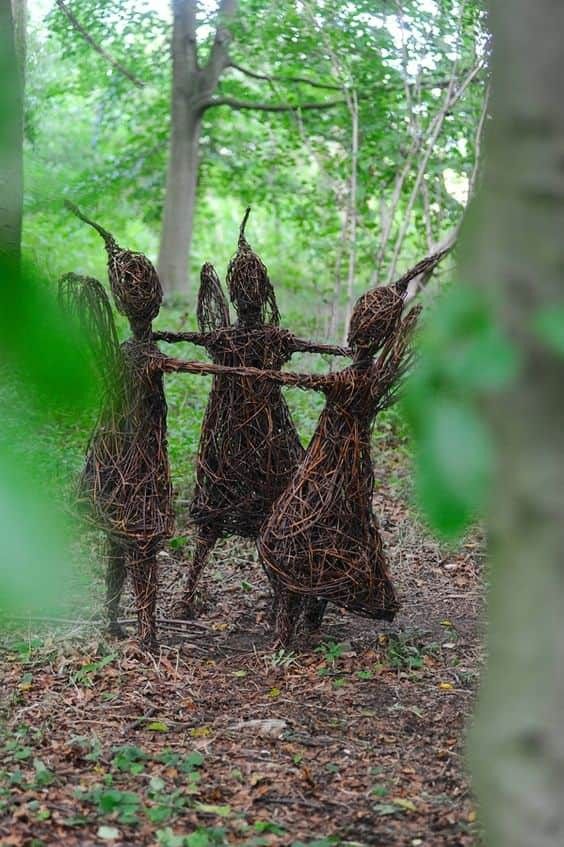Our planet is home to magnificent creatures that are colossal in their own way, not man-made but created by nature’s intricate processes. These natural giants, be it towering trees or overwhelming animals, never cease to amaze us with their grandeur and importance in maintaining the ecological balance.

The Giant Sequoias are the biggest living organisms on Earth in terms of volume and can be found in the western United States. They can grow beyond 300 feet tall and their trunks can have diameters of up to 40 feet. These trees have been around for thousands of years and have witnessed a lot of history, making people feel amazed and respectful when they go to see them.

The Blue Whale is a majestic creature that rules the seas. As the biggest animal to have ever lived on Earth, it can grow up to 100 feet long and weigh as much as 200 tons. Despite its size, blue whales move gracefully through the ocean in search of krill, which is their main food source. These gentle giants are a sight to behold in their underwater home and awe-inspiring to witness.

The African Elephant is considered as one of the biggest land animals on Earth, along with its relative, the Asian Elephant. African elephants can grow up to 13 feet tall and weigh more than 12,000 pounds. These majestic creatures have a remarkable intelligence and complex social behavior that contribute significantly to their environment.

Giant Clams, scientifically known as Tridacna gigas, are a type of bivalve mollusk that can be found in tropical coral reefs. These clams hold the title for being the biggest of their kind in the world. They can grow up to four feet long and display vibrant mantles that resemble a breathtaking living tapestry. By filtering nutrients and providing shelter for other marine creatures, these unique filter feeders play an important role in maintaining the health of coral reefs.

The Giant Panda is a beloved symbol of conservation and is native to the bamboo forests of China. Despite their large size, Giant Pandas primarily eat bamboo shoots, making the preservation of their natural habitat crucial for their survival. The Colossal Squid is an enigmatic creature that resides in the depths of the ocean and is one of the largest invertebrates in the world. With tentacles armed with sharp hooks and eyes the size of basketballs, this formidable predator is truly a marvel of nature. Finally, the Giant Water Lily, found in the Amazon River basin, boasts enormous floating leaves that can span over six feet in diameter. These leaves have upturned edges that provide buoyancy for the plant, and their flowers have petals that reach up to a foot long, making them equally impressive.



